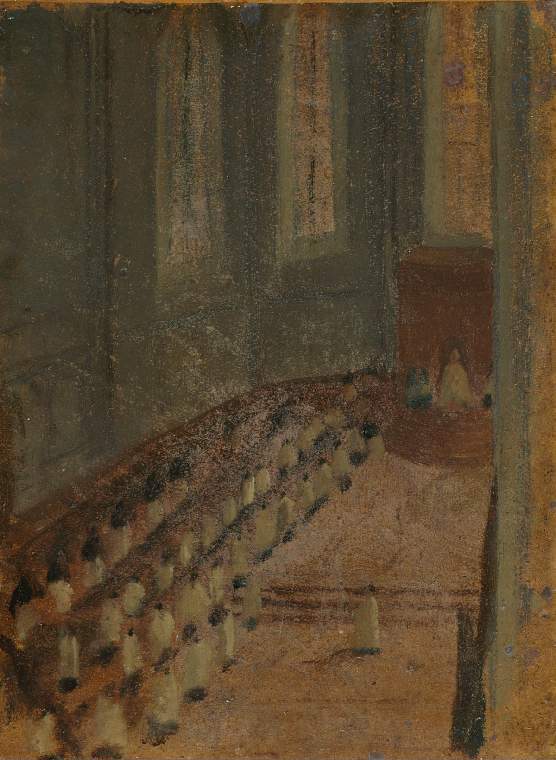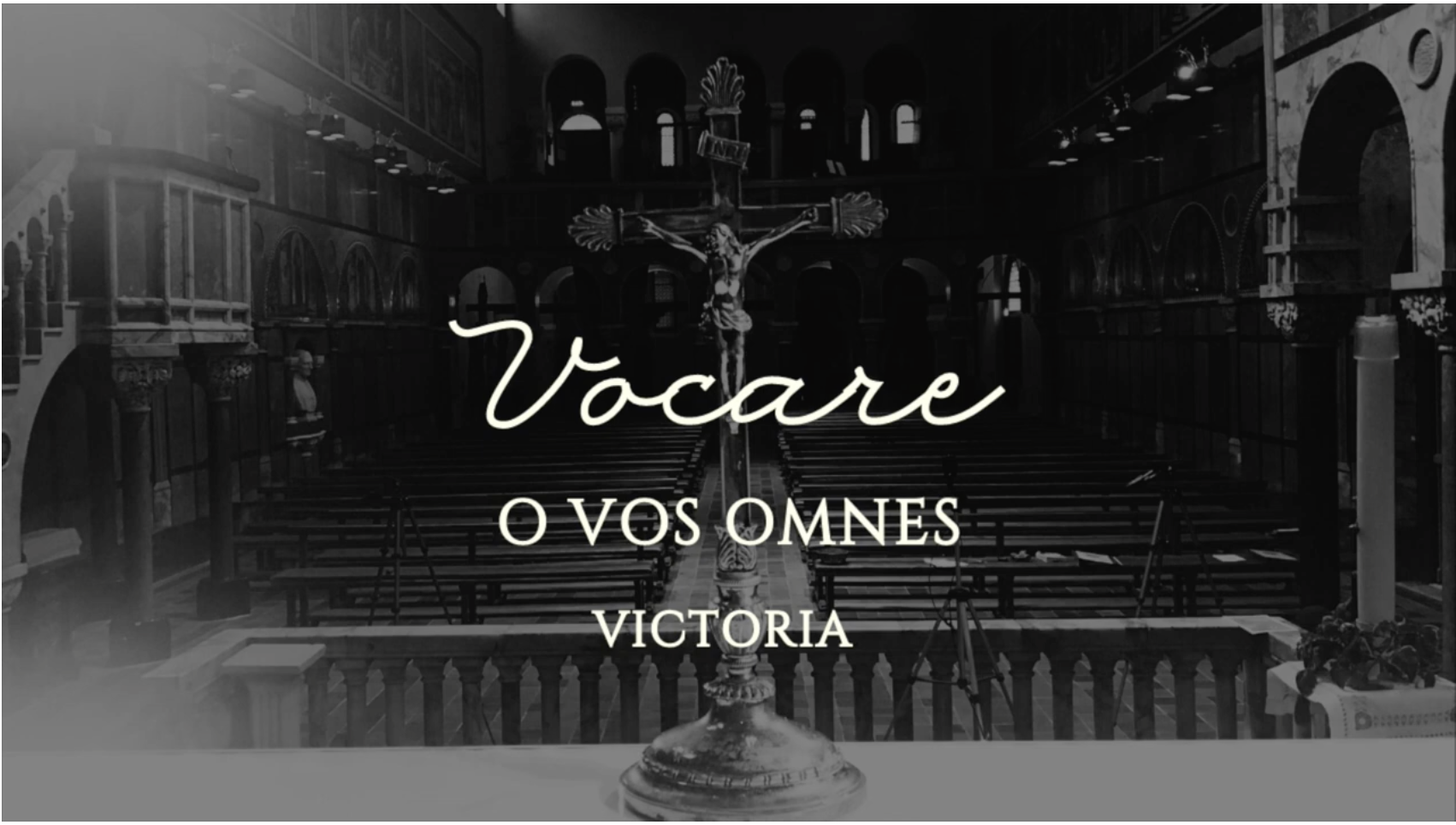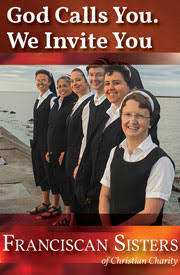Many Catholics, even the most faithful, seem to have given up on priestly celibacy. In our post-sexual revolutionary age, many view celibacy as an unhealthy repression of sexual drives, fostering the epidemic of clergy abuse today. According to this line of thinking, if we want to get rid of clerical abuse, we must get rid of celibacy.
It is a solution that, in the words of one literary critic, is “neat, plausible, and wrong.”
Celibacy is not the problem. Clerical sexual abuse is no more caused by celibacy than adultery is caused by marriage. Both are violations of sacred promises, promises for which the Lord guarantees his help to live faithfully. To put it differently, allowing priests to marry would not prevent sexual transgressions. Marriage is regrettably no stranger to scandal or sexual abuse.
The problem is not celibacy but celibacy lived badly. It is caused by priests not living chastely. The proper response is not eliminating celibacy but demanding that priests, like married people, live up to their vocation.
In fact, celibacy itself is a precious and irreplaceable gift to the Church. It is usually defined negatively as “not getting married.” But it is a positive choice, a powerful way of loving with a singleness of purpose and a unique openness of heart. It enables a priest to live his spiritual fatherhood with particular force and efficacy.
The spiritual benefits of priestly celibacy have for centuries enriched the Church and even the wider culture. Were celibacy to be abolished in this moment of exasperation, we would not only fail to solve the problem of sexual abuse but also deprive future generations of innumerable graces of spiritual fatherhood that come to us through priestly celibacy.
How, then, to explain the current storm of scandals? The story is not a pretty one, but there is good news in the end.
First of all, for decades there was astonishingly little scrutiny for men entering priestly formation. A demonstration of academic aptitude and a pastor’s recommendation were usually enough. No thorough investigations into moral character and spiritual maturity, no references, no psychological examination.
The Church repeatedly insisted that men with persistent homosexual inclinations should not be admitted to the seminary (the latest official document that addressed it, incidentally, was approved by Pope Francis in 2016). Nevertheless, such men were admitted in great numbers.
Most priests with same-sex attractions, of course, are not guilty of sexual abuse and live faithfully. Still, the great majority of priest abuse cases involve the homosexual abuse of boys and young men. However controversial, the wisdom of the Church’s resolve has become crystal clear in hindsight. Disregarding it has had shattering consequences in the lives of thousands of young men over several decades.

Second, seminarians for years received woefully inadequate formation for chaste celibacy. According to the testimony of priests formed in those years of turmoil, primarily the 1970s and 1980s, the interior life and ascetical practices needed to sustain healthy chastity were not widely inculcated. Many men were even ordained under the false impression, reinforced by their seminary faculty, that the requirement for celibacy would soon be lifted.
In some seminaries, depraved cultures of sexual license among seminarians and even faculty corrupted vulnerable young men or drove away in disgust those who were seeking virtue. To make matters still worse, in many seminaries theological dissent and liturgical experimentation was rampant, leading to a hypocritical double standard that men carried with them into the priesthood.
Intellectual infidelity invariably breeds moral infidelity. If I can bend the teaching of the Church to my own opinions, preferences, and whims, why should that arrogance be limited to dogmatic propositions and liturgical norms? Why not moral precepts too? The dissent that festered for decades in theological faculties has taken a devastating toll on the Church, not only in doctrinal and liturgical confusion but also, I would argue, in sexual abuse.
Finally, once ordained, some priests who grew up in this climate of lax duplicity were, unsurprisingly, unfaithful. And their superiors seldom censured them for it in any meaningful way. Some were repeatedly transferred to new assignments; almost none were dismissed from the priesthood. Many bishops lost their nerve and their self-confidence. The sheer extent of clerical corruption was a painful embarrassment to bishops and, as a result, there arose a culture of deep secrecy that is now coming to light.
That, thank God, is not the end of the story. Many priests and bishops, against all odds, remained faithful through those bleak decades, and today we honor their heroic witness. Then came the 1992 landmark document Pastores Dabo Vobis in which St. John Paul II proposed a bracing portrait of priesthood and of seminary formation.
In the ensuing years, it was implemented unevenly throughout the world, but the upward trend in the quality of formation was unmistakable. Standards of admission in most dioceses have risen and the quality of formation in most seminaries has improved dramatically. Though many of our people do not realize it, the reform of the clergy began well over two decades ago.
There is still work to be done. Since priestly celibacy is a privileged way of living spiritual fatherhood, we must continue to improve our selection and formation of future priests in light of that paternity. They should have a confident masculine identity and a normal, healthy desire for marriage and fatherhood, the mature capacity to forego these great goods in order to focus on supernatural fatherhood, and possess, or show aptitude for, the human qualities and virtues of the best natural fathers.
Once ordained, priests should be held to the highest standards of chastity. Violations should be addressed consistently, promptly, and fairly, with the seriousness that befits a severe breach of trust against one’s spiritual family. Chastity – serene, deep, and joyful – at the service of priestly fatherhood is without a doubt the path to genuine reform in the priesthood.
Medieval doctors, with the best of intentions, often treated diseases by draining the blood of their patients, unwittingly depriving them of the very nutrients that they needed to get well. Those looking to cure the disease of sexual abuse in the Church by draining her of the grace of celibacy would do little to cure the disease, and yet deprive the Body of Christ of spiritual nutrients needed to return to health.
If we wish to address the problem of clergy sexual abuse, we should begin by expecting the same fidelity from our priests that we expect from everyone else, and call them to embrace, through the gift of celibacy, the blessings of priestly fatherhood that we need today more than ever.
*Image: Ordination Ceremony, Lyon Cathedral (Cérémonie d’ordination dans la Cathédrale de Lyon) by Edgar Degas, c. 1900 [Fitzwilliam Museum, University of Cambridge, England]















